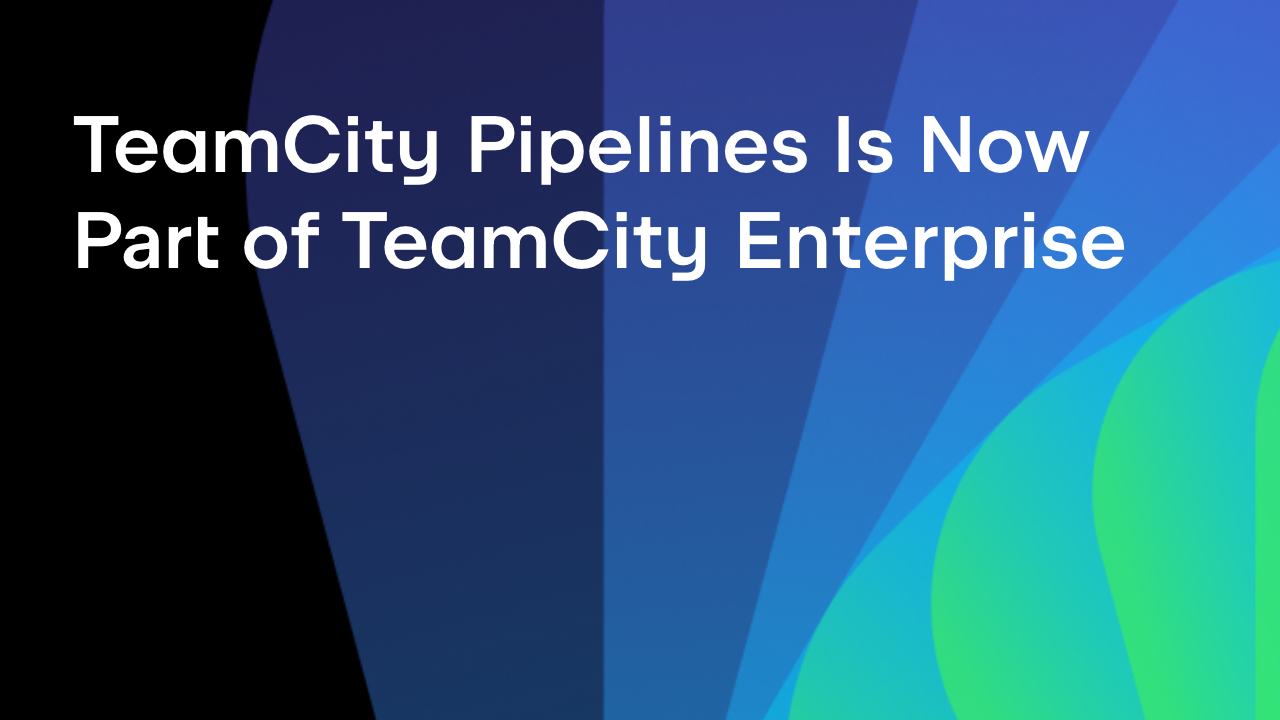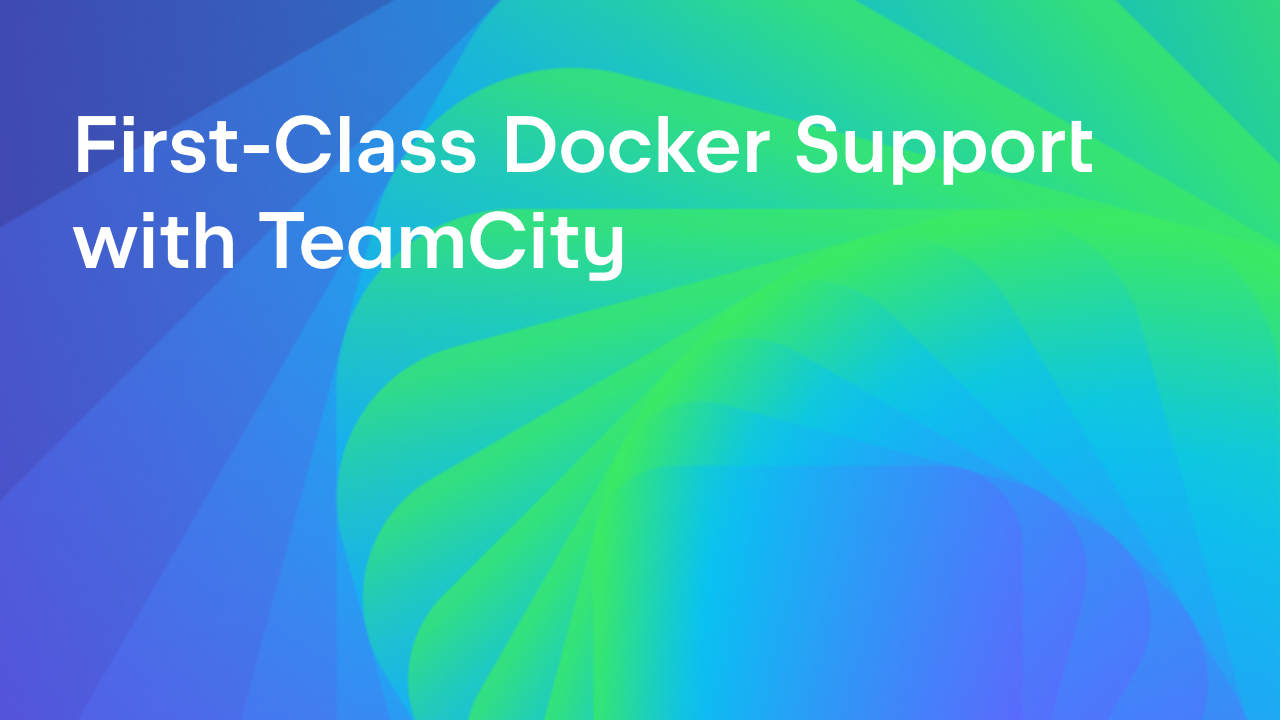TeamCity
Powerful CI/CD for DevOps-centric teams
A New Approach to Build Runners | TeamCity Pipelines Pulse, Issue #7
In TeamCity Pipelines, build runners tell the system how to build, test, and package your code.
For this latest release, we’ve revamped how build runners work. Here’s what’s new:
New design for creating a build step
With this most recent release of TeamCity Pipelines, we’ve made creating build steps even more straightforward. You can now find, select, and configure the runners you need for a given build quickly and easily.
Let’s hear from TeamCity Pipelines Product Designer Tanya Konvaliuk about why and exactly how we decided to make these changes.
“The old setup for creating job steps worked fine for simple tasks, but it became too limited when we needed more complex runners. It couldn’t handle extra runners or customization well.
To fix this, we’ve introduced a new, more flexible design. It’s scalable, making it easy to add more runners and settings in the future.”
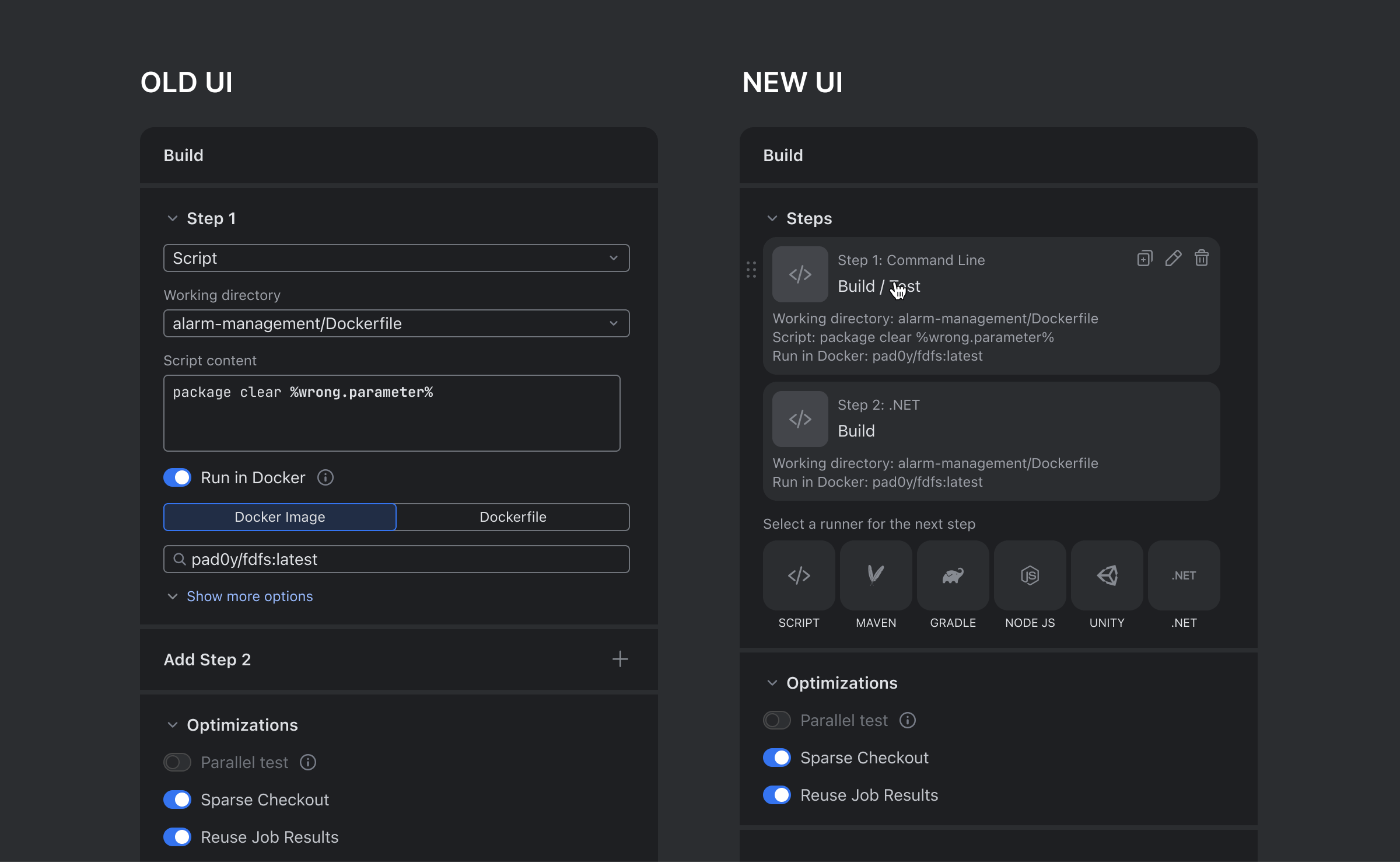
Key updates include
More flexibility: You can now easily add and customize different runners.

More intuitive step management: Steps can be edited and reordered by dragging and dropping them.

Clearer interface: You can easily see which runner is used for each step.
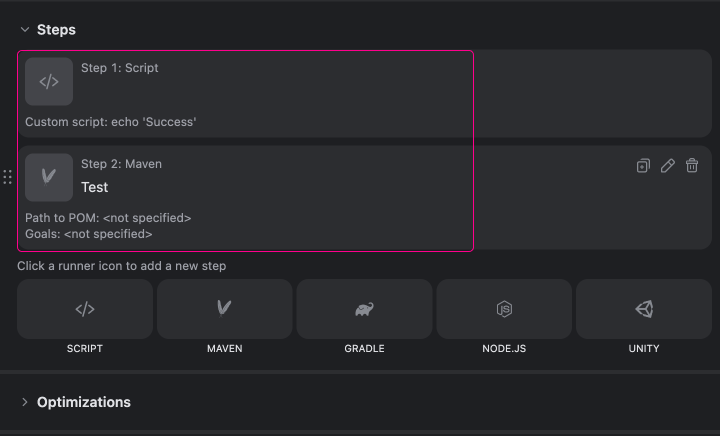
We’re also planning to add more runners and make CLI scripts more interactive. Let us know your thoughts as we continue to improve the process!
Bug fixes and improvements
We’ve fixed some bugs and made several improvements for a better user experience with TeamCity Pipelines.
- We’ve resolved the issue so that TeamCity Pipelines now accurately reflects when no artifacts are produced by jobs.
- We’ve updated the system so that users remain on the pipeline settings page after renaming a pipeline.
- Now, even longer job names fit in the container on the pipeline overview page.
Did you know?
In TeamCity Pipelines, you can make use of Linux, Windows, and per-minute macOS agents hosted by JetBrains. You can also install self-hosted agents.
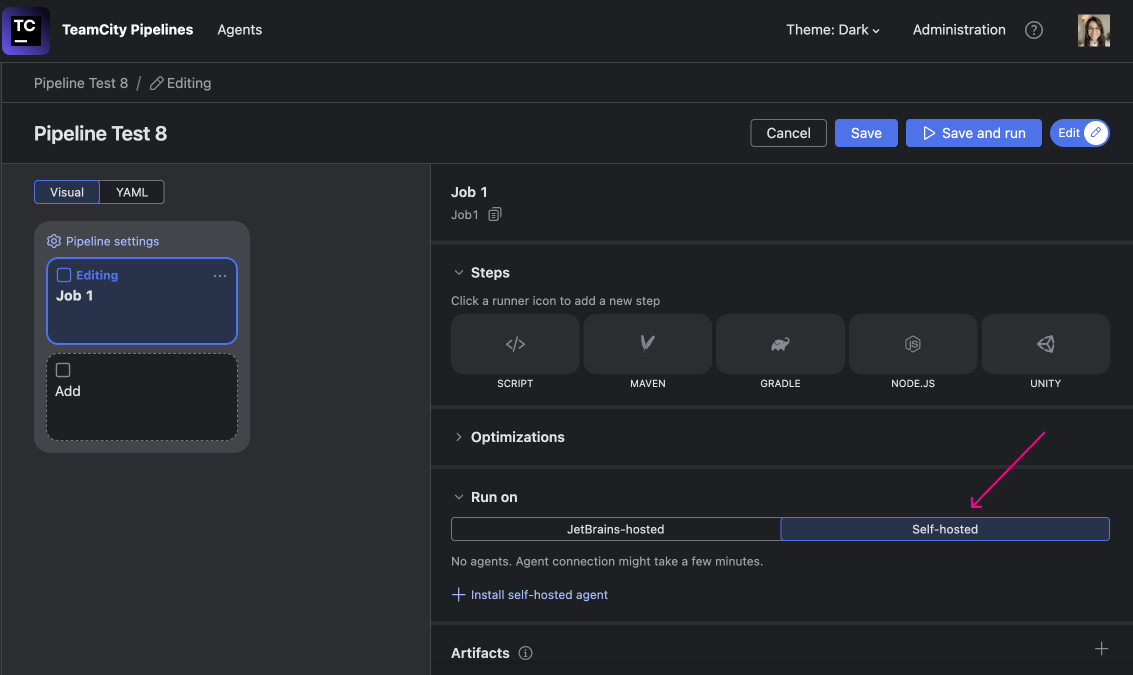
You might choose self-hosted agents to have more control over the environment, meet specific hardware or software requirements, or optimize costs by using your own resources.
That’s it for now!
Yours truly,
The TeamCity Pipelines team
Subscribe to the TeamCity Pipeline Pulse newsletter



